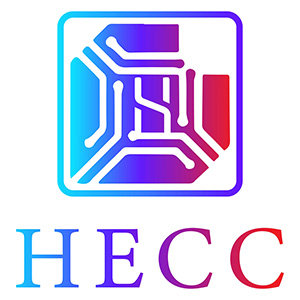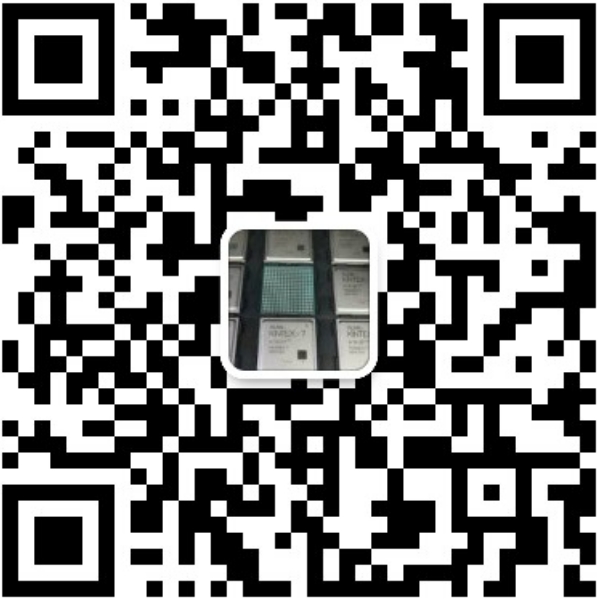One "instrument" is difficult to obtain
With the continuous optimization of COVID-19 prevention and control measures and the further improvement of personal home protection requirements, blood oximeter has received unprecedented attention. According to Baidu Index, the daily average search index for blood oxygen meters in December 2022 was 19257, a year-on-year increase of 6342%. For a while, the sales of blood oxygen meters skyrocketed, making it difficult to find a "device" and even experiencing a situation of out of stock.
The oximeter, also known as the blood oxygen saturation meter or pulse oximeter, utilizes the difference in the absorption spectrum of hemoglobin between oxygenated and non oxygenated states. Using optical principles, it monitors blood oxygen saturation in real-time by detecting the ratio of oxygenated hemoglobin to non oxygenated hemoglobin in congested peripheral tissues, providing diagnostic reference.
A pulse oximeter is a type of wearable health diagnostic and therapeutic device used to monitor a patient's pulse, blood oxygen saturation (SpO2), blood perfusion index, and other indicators. It can be divided into portable pulse oximeters and bedside/desk pulse oximeters according to the usage scenario. The former includes finger clip, handheld, and wearable pulse oximeters, suitable for home use.
On January 7, 2023, Alibaba announced a donation of 125 million yuan to purchase scarce medical supplies, equipping each of the more than 600000 village clinics across the country with 2 blood oxygen meters, basically covering rural areas throughout the country. (Data source: https://new.qq.com/rain/a/20230108A0693U00 )
Application and Development Trends of Wearable Health Diagnosis and Treatment Devices
With the rapid popularization of oximeters, we can see that the demand for wearable diagnostic and therapeutic devices will continue to grow. It is predicted that in 2022 alone, there will be over 320 million wearable health diagnosis and treatment devices shipped globally, which will grow to 440 million units by 2024, with a compound annual growth rate of 17%. It includes smart watches, smart patches, and various other wearable diagnostic and therapeutic devices. (Data source: https://finance.eastmoney.com/a2/202112182218423029.html )
With the improvement of people's living standards and the emphasis on health, the demand for timely and personalized nursing services has become increasingly popular. Wearable health technology not only enables consumers to timely control their health status, but also provides data that effectively helps healthcare professionals customize treatment and care plans based on the needs of patients. This provides great convenience and value for people's healthcare quality.
Wearable health diagnosis and treatment devices will begin and develop in the following main application scenarios.
Early disease diagnosis
Medical wearable devices can help patients receive diagnosis and treatment in the early stages of the disease. Wearable devices can continuously and 24/7 track critical health vital signs such as heart rate, sweating, skin temperature, or blood sugar levels. This continuous monitoring can help nursing staff detect diseases early before they become too severe or have a negative impact on patients. The continuous and timely data provided by wearable devices greatly improves the pertinence of diagnosis and treatment plans caused by insufficient data or changes in patient symptoms during routine appointments.
Some common chronic diseases, such as heart disease, nervous system disease and diabetes, can be found and treated early with the help of wearable devices.
Health monitoring
The Rise of Oximeters and Other Wearable Medical Devices
Through wearable medical devices, healthcare providers can monitor and track the condition of patients with known conditions. Patient data is continuously collected and shared with healthcare providers, who can then make real-time adjustments to disease management plans. This is particularly important for the elderly or patients with long-term underlying diseases.
The most typical functions of this application include blood pressure, blood oxygen saturation monitoring and blood glucose concentration calculation. They can help people to measure blood pressure, blood oxygen, heart rate and other vital sign data in real time, which will be of great help to the middle-aged and elderly people with hypertension, diabetes, heart disease and other diseases to understand their physical conditions in a timely manner. As mentioned at the beginning of this article, in the prevention and treatment of COVID-19 COVID-19, wearable devices such as blood oximeter can be used to measure the blood oxygen content, so as to provide diagnostic and therapeutic basis for doctors and nurses.
Rehabilitation therapy
The convenience of use enables wearable devices to showcase their skills in patient rehabilitation treatment, allowing patients to receive rehabilitation treatment whether in the hospital, at home, or even on the road. For example, it includes EMG sensors (electromyography sensors) and respiratory sensors, as well as smart gloves and wireless sensors to assist in stroke rehabilitation, as well as home care and cardiac monitoring for chronic disease patients. Through these wearable devices, nursing staff can evaluate the patient's recovery and recommend further treatment to help them recover.
Activity tracking
Wearable devices with activity tracking capabilities are playing an increasingly important role in improving the health and quality of life of patients. These devices record and analyze the quality and quantity of daily physical activities of patients. The medical team can evaluate their health status based on this and provide the best activity suggestions and reminders.
Examples in this regard include smartwatches, wrist based trackers, and other sensors worn on the body or clothing. Usually used for tracking and monitoring physical activity in elderly individuals, as well as for patients undergoing weight loss surgery.
Through the above application analysis, we can find that wearable medical devices have many benefits. It is usually easy and convenient to use, while also having strong targeting and personalization. In case of abnormal situations, not only can critical biological data recorded be promptly warned, but it is also easier to trace and review when needed, making medical services more accurate and efficient.
The Challenge of Wearable Health Diagnosis and Treatment Devices
Wearable devices are gaining increasing attention in the market, ranging from measuring air pollution to monitoring sleep, heart rate, activity levels, and temperature with rings. Their application scope and scenarios are also becoming increasingly broad. At the same time, we should also see that the design and manufacturing of wearable diagnostic devices are full of complexity, from the need to maintain small external dimensions and low system power requirements to the focus on data integrity and cost.
Wearable devices have different applications, but as a market area, they share a common feature of occupying the smallest space possible. This means that engineers need to find the best solution between device size, weight, performance, and energy consumption. This design requirement is unique in embedded systems.
Recently, Anfuli collaborated with Molex to conduct a survey on over 600 engineers directly involved in wearable device design and development from around the world. The results show that the three main considerations and challenges in developing new, smaller, and more energy-efficient wearable diagnostic devices are cost (38%), durability (37%), and power supply (35%). (For more information, please refer to: Diagnostic Wearable Devices, Design Challenges and Opportunities)
The Rise of Oximeters and Other Wearable Medical Devices
Fortunately, with the popularization of wearable devices, energy harvesting technology is also rapidly developing. At the same time, with the development of transistor technology, they can provide integrated devices with smaller volume and lower power consumption, which are important factors in expanding the potential applications of wearable technology.
next
It is predicted that the wearable health technology market will become one of the largest and fastest-growing markets in the next decade. Wearable health technology has the potential to disrupt some parallel markets while significantly reducing healthcare costs.
At present, the healthcare industry is undergoing a transformation towards a patient-centered and consumer led model. The traditional pipeline, where doctors make treatment plans based on scattered medical history or medical records, is being challenged. One of the main driving factors is the advancement and popularization of wearable diagnostic and therapeutic technology and devices, which provide abundant available data and possibilities that will drive the industry towards new models.

 Aaron
Aaron 